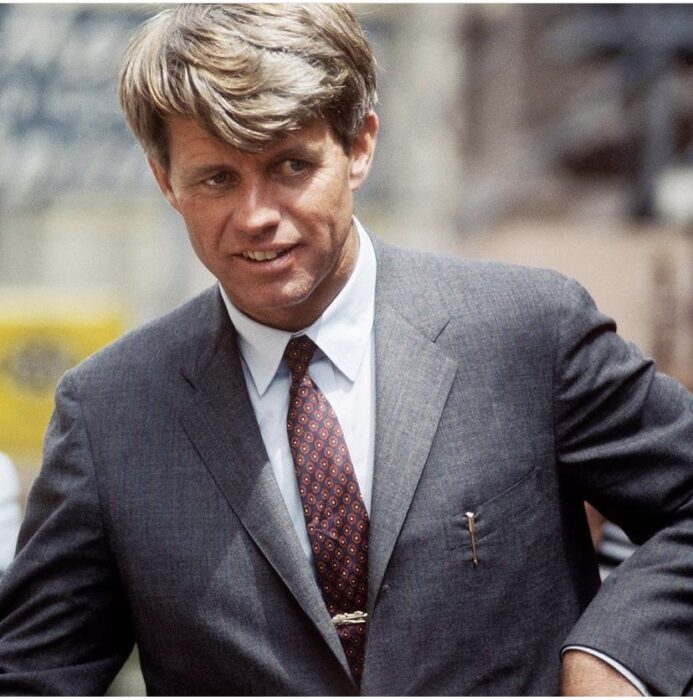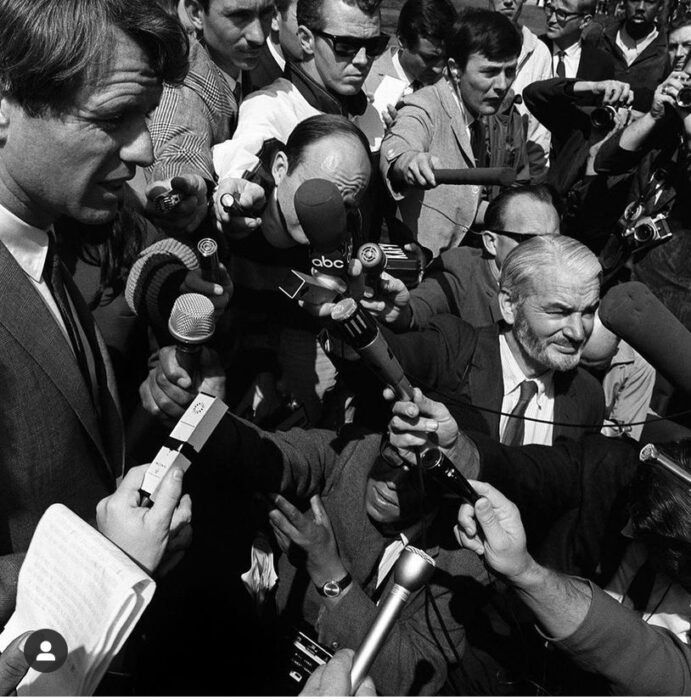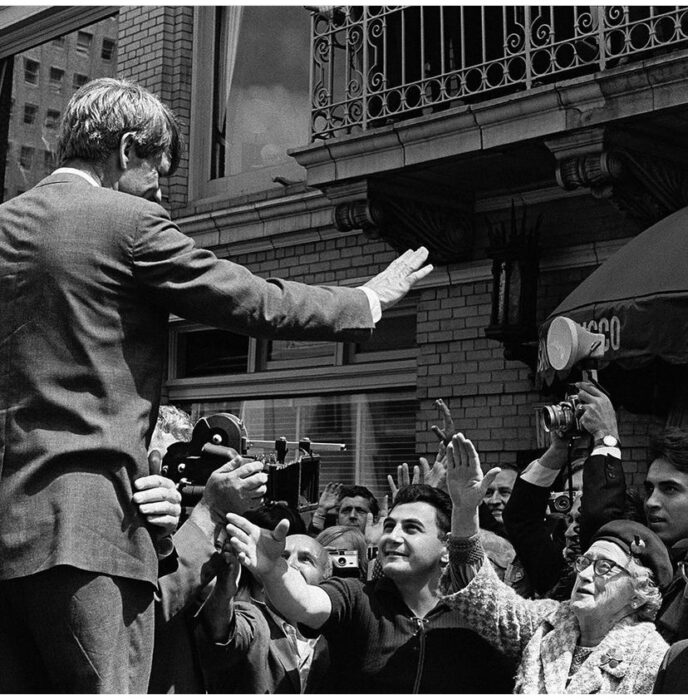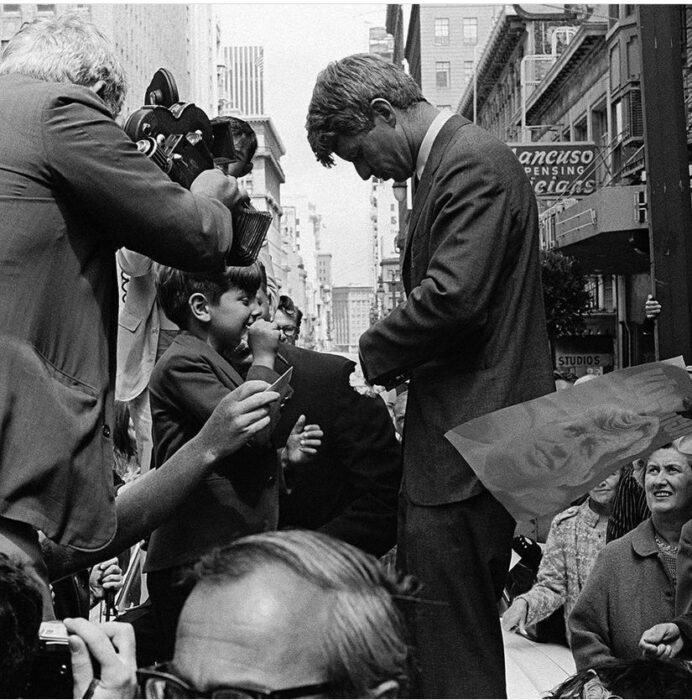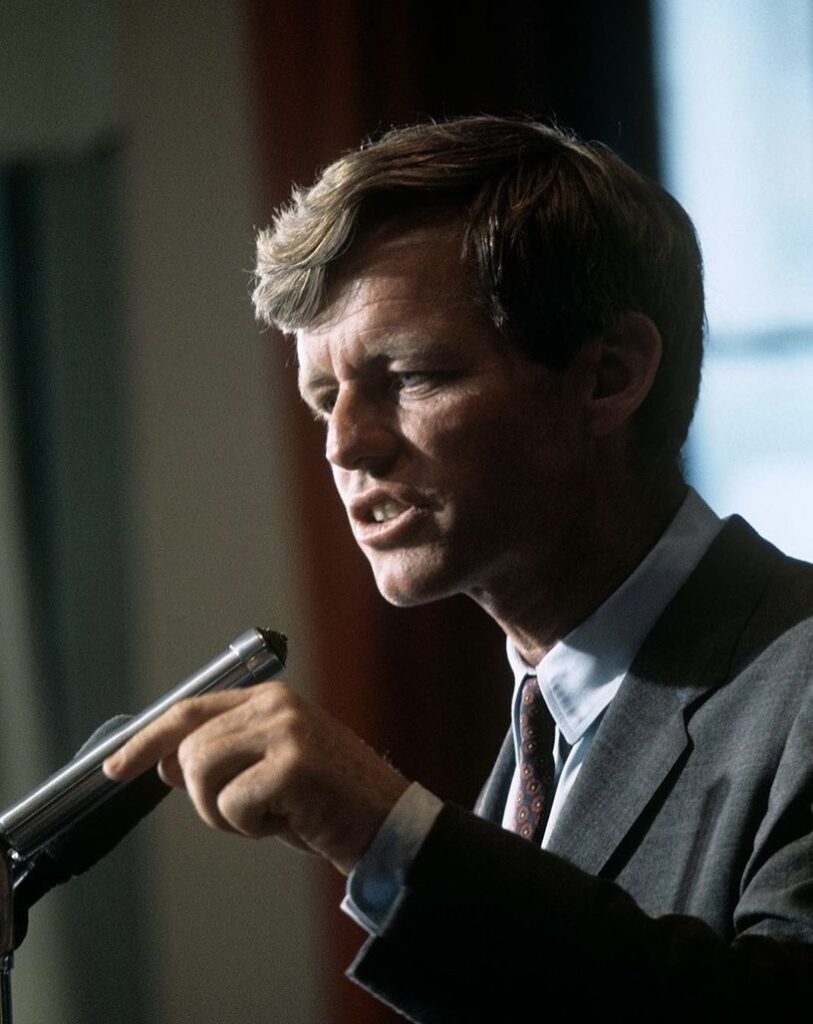
Silver Spoon #125, The Import by Leslie Lewis Sigler, 123 Santa Barbara Street, courtesy photo.
By Leslie Dinaberg
The Arts Fund recently unveiled a handful of new projects for the Funk Zone Public Art Program, featuring new public works by Ken Bortolazzo, Chadillac Green, Ruth Ellen Hoag, Michael Irwin, Danny Meza, Leslie Lewis Sigler and Luis Velazquez. These works join existing projects by Chad Avery, Phoebe Brunner, Tofer Chin and R. Nelson Parrish. Each project is intended to be temporary and rotate every one-three years.
Maps are available at the Arts Fund Gallery (205-C Santa Barbara St.) to take a free, self-guided tour.
Artwork currently in the Funk Zone Public Art Program includes:
(Pictured at top) Silver Spoon #125, The Import by Leslie Lewis Sigler
123 Santa Barbara St.
Leslie Lewis Sigler is a still-life painter who explores the histories and lifespans of silver family heirlooms, their ability to reflect our own personal life stories and family histories, and the way they continue to connect us to one another. By composing portraits of these objects, she studies the character evident in their inherent design and ever-changing patina. Each singular object’s form, condition, and character transform an otherwise functional object into something rich with history and artistic beauty, with the power to reflect our own life stories and family histories in the process.
Thank you to The Squire Foundation for funding this project. Special thanks to PPG Paints for materials and Max Torres and Manuel Unzueta for lending their time and expertise.

Hexad by Ken Bortolazzo,
116 Yanonali St., courtesy photo.
Hexad by Ken Bortolazzo
116 Yanonali St.
“Hexad” is titled for the six identical interlocking pieces that make up the sculpture. Bortolazzo’s early passion for complex puzzles evolved through his interest in Minimalism, Op Art, and Kinetic sculpture. Having spent the last 30 years working almost exclusively with stainless steel, he has created two main bodies of work, his Optikinetics that he currently pursues and before that his puzzle series. These puzzle works involve interlocking geometric shapes that exploit the radiance of burnished steel. From his studio in Santa Barbara, Bortolazzo has developed a national reputation in contemporary sculpture.
The Arts Fund thanks its amazingly supportive board member Joanne Holderman for funding this project. Special thanks to Sullivan Goss and Allen Strubing for lending his time and expertise.

Totally Awesome by Chadillac Green, 132 Santa Barbara St., courtesy photo.
Totally Awesome by Chadillac Green
132 Santa Barbara St.
“Totally Awesome” is inspired by Green’s memories of growing up in the 80s and early 90s, drawing from the work of Patrick Nagel and the motifs and imagery of daily life at the time. Green began his early days spray painting in the streets of Kansas, Missouri, and continues his love of creating as a “wizard of arts” through his work as a local tattoo artist, DJ, painter, and mural artist in Santa Barbara.
The Arts Fund thanks MichaelKate Interiors, the City of Santa Barbara and the Santa Barbara County Office of Arts and Culture for funding this project. Special thanks to Milpas Rentals for the equipment, PPG Paints for materials, and Martin Diaz and Shane Tuthill for lending their time and expertise.

East of Yesterday by Ruth Ellen Hoag, 10 E. Yanonali St., courtesy photo.
East of Yesterday by Ruth Ellen Hoag
10 E. Yanonali St.
“I was given the challenge to depict the history of the Funk Zone through current day. Hours were spent combing through the Gledhill Library, talking to long-time residents and businesses in the area. Never the glamorous part of town, little visual information was available. It was warehouses, boats and fishermen, airplanes, surfboards, skateboards and artists. Today, it remains an area for craftsmen and artists, plus tourists, food, wine, beer and the beach. Little by little it all became visible to me, and I’ve painted it as I see it. We live in the moment, as those portrayed along the lower portion of the murals, unaware of those who came before, those who walked the same streets.” —Ruth Ellen Hoag
The Arts Fund thanks Yanonali Partners, LLC and Santa Barbara Beautiful for funding this project. Special thanks to Milpas Rentals for the equipment, Impact Hub for hosting, and Gregory Beeman, Manuel Unzueta and John Hood for lending their time and expertise.

Tengoku by Michael Irwin, 205 Santa Barbara St., courtesy photo.
Tengoku by Michael Irwin
205 Santa Barbara St.
“‘Tengoku’ (Sky Country) is a combination of three of the many motifs that I’ve worked in. The atmospheric sky and clouds, the field, is from my meditational seascape series, the painted pole from my squeegee works and lastly, the tubular rectangular element is from my abstract illusionistic series. The three components come together to create an intersection of whimsy and possibilities ~ hopefully optimistic and a portal accessible to all.” —Michael Irwin
This project was funded by The Arts Fund. The Arts Fund thanks to Art Essentials and PPG Paints for Materials, Milpas Rentals for the equipment and Max Torres and Shane Tuthill for lending their time and expertise.

Birds of a Feather by Luis Velazquez, 205 Santa Barbara St., courtesy photo.
Birds of a Feather by Luis Velazquez
205 Santa Barbara St.
“I was born and raised in the state of Jalisco, Mexico. My mother is a seamstress and my father a farm worker. One of my earliest recollections, from when I was six years old, is that of gathering flower petals to extract their pigment and color the walls of my home. I often got into trouble with my mother for picking flowers from her plants and cutting down branches from our lemon trees to make slingshot frames to terrorize local birds. For this particular piece, I was inspired by the many caged birds my mother kept when I was growing up and one of my favorite places to visit: the colorful city of Guanajuato, Mexico. The artwork I create is a combination of recollections of my past mixed with my present experiences. Bright colors and raw materials are hallmarks of my childhood memories and culture. My daily life is filled with unexpected, spontaneous, and sometimes random events. My work reflects this in my choice of materials and subject matter, mainly inspired by nature and social issues.” —Luis Velazquez

Dark Waves Covering My Eyes by Danny Meza, 219 Gray Ave., courtesy photo.
Dark Waves Covering My Eyes by Danny Meza
219 Gray Ave.
“The best way I can describe this piece without talking about death is to say that this person is lost. Although it may be hard to see it, there is a person being caught in mysteriously dark waves, it wasn’t water, so it might not have been in the ocean. Sometimes as an artist, I don’t know what my paintings are about or always understand them but I always have a sense of what’s going on, like it’s telling me a story, fictional or non-fictional. In this case, what I see here is a person has no idea how they got there, so I imagine that they are frightened. As they look around to find out what’s going on, their insides start to glow bright like lights. The light from the left eye shines so bright it cuts a hole through a wave covering their eyes, finally being able to see that they are not going home after this.” —Danny Meza
This project was funded by The Arts Fund.
Previously Completed Projects

Long Days, Short Year by R. Nelson Parrish, 121 Santa Barbara St., courtesy photo.
Long Days, Short Year by R. Nelson Parrish
121 Santa Barbara St.
Long Days, Short Year is a translation of color, motion and the passion for the hustle. Inspired by Minimalist artists, Santa Barbara light and geography, and the history of national parks, the pieces pull threads from disparate dialogues to weave an abstract narrative designed to engage and inspire. The first of the artist’s career, the mural was created solely using Montana Cans spray paint, purposefully to connect and challenge the discourse surrounding “street art.”
The Arts Fund thanks Mesa Lane partners for funding this project and being early supporters of the program. Special thanks to Milpas Rentals for the equipment.

Hurry Home by Phoebe Brunner, 127 Gray Ave., courtesy photo.
Hurry Home by Phoebe Brunner
127 Gray Ave.
“My mural, Hurry Home, is a personal fairy tale. The little red house, perched atop a giant tree stump, springs out of a tequila plantation. Many years ago, I lived in Guadalajara. While driving to and from Santa Barbara, I’d pass through the little town of Tequila, in Jalisco, Mexico. The infinite rows upon rows of magical blue tequila plants have stayed in my imagination. The little house seems like the perfect place to enjoy the view. So climb the ladder and Hurry Home. By creating an alternative view to traditional landscape painting, my re-conceived landscapes of the American West and the coast of California, simultaneously real and surreal, invite the viewer to experience our surroundings with a new perspective and to lose oneself in an environment of nature enhanced and unexpected. Through the interplay of light and space, unorthodox colors, patterns and movement, a symbolic narrative with a mystical presence arises. Primal emotions and instinctive, intuitive forces from within the human psyche are accessed through awareness of our natural world. Derived from, but not documentations of specific places, these views are “re-imaginings”. The viewer is led to wonder where these landscapes exist—with a longing to visit, and at the same time search in their own subconscious to find a personal location.” —Phoebe Brunner
The Arts Fund thanks Santa Barbara Beautiful for funding this project. Special thanks to Joseph Garred for being an early supporter of the program.

Shift No. 1 by Tofer Chin, 118 Gray Ave., courtesy photo.
Shift No. 1 by Tofer Chin
118 Gray Ave.
Los Angeles based artist Tofer Chin creates geometric paintings, sculptures, and photographs that interpret his observations of urban and natural landscapes. He investigates images and patterns in locations around the world and represents them as minimalist forms and patterns. In addition to his gallery-scale works, he also paints large outdoor murals around the world, as well as site specific sculptural installations.
“Shift No. 1 is a continuous investigation of view through a keyhole perspective while shifting one’s view away from the familiar by opening up a new architectural dimension of color and emotion.” —Tofer Chin
The Arts Fund thanks Mesa Lane partners for funding this project and being early supporters of the program. Special thanks to Milpas Rentals for the equipment.

Variable Door Style by Chad Avery, 121 Helena Ave., courtesy photo.
Variable Door Style by Chad Avery
121 Helena Ave.
“Over millennia, the door has become an inescapable icon of the human condition, simultaneously welcoming and reticent, able to bring you in or take you out. The mere outline of a door can trigger a variety of impressions limited only by the number of viewers. We are free to go as far as our minds can take us, or to go nowhere. Accordingly, a abstraction does not end at physical and mental boundaries, but extends beyond these dimensions into the realm of infinite possibility. Abstraction is a gate, and what lies on the other side is for everyone to discover for themselves.”—Chad Avery
This project was funded by The Arts Fund.

Funk Zone Public Art Project Map
Originally published in Santa Barbara Seasons on October 11, 2017.


 A spirited toast to all things alcoholic! By
A spirited toast to all things alcoholic! By 

















